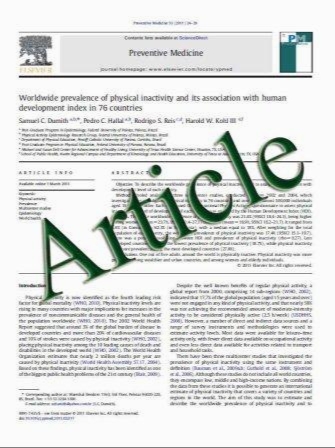Results of medical treatment and metabolic risk factors in children with urolithiasis
- نوع فایل : کتاب
- زبان : انگلیسی
- مؤلف : Metin Kaya Gürgِze & Mehmet Yusuf Sar
- چاپ و سال / کشور: 2011
Description
Data on conservative treatment in children with urolithiasis are limited. The aim of the study was to determine the metabolic etiology and results of conservative treatment in children with urolithiasis. We evaluated the clinical presentation and metabolic features of 112 children with urolithiasis. The mean age at diagnosis of urolithiasis was 3.9 (range 0.1–18) years, and follow-up duration was 16.7 (range 1–36) months. The most common presenting symptoms were flank or abdominal pain and restlessness (25%). Urine analysis revealed metabolic abnormalities in 92% of cases, including hypocitraturia (42%), hyperoxaluria (32.1%), hypercalcuria (25%), hyperuricosuria (9.8%), and cystinuria (2.7%). Patients who had metabolic risk factors were treated according to underlying metabolic abnormalities. About half of these patients were stone free or stones were diminished in size. These results showed that early recognition and treatment of urinary metabolic abnormalities will reduce the number of invasive procedures and renal damage in children with urolithiasis.
Pediatr Nephrol (2011) 26:933–937 DOI 10.1007/s00467-011-1803-3 Received: 8 June 2010 / Revised: 10 January 2011 / Accepted: 17 January 2011 / Published online: 22 February 2011


